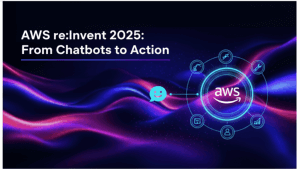As organizations face rising cloud costs and operational sprawl, platform and security teams are shifting focus toward automation-driven strategies. Developers and DevOps professionals are under pressure to control spend, streamline security operations, and increase the maturity of their monitoring and governance practices. Rather than investing in yet another tool, many are looking for ways to unify operations, reduce friction, and make cloud-native complexity more manageable.
According to theCUBE Research, 65% of enterprises cite complexity as one of the top three challenges in managing their cloud infrastructure. Automation is increasingly viewed as the key to reducing both cost and risk in this environment.
That was the key theme in a recent conversation between Paul Nashawaty, practice lead at theCUBE Research, and two guests with unique perspectives: Ryan Sosin, Principal Product Manager at DoiT, and Matthew Warner, CEO and Founder of Blumira.
Disconnected security operations delay response and raise costs
Security teams are often isolated from broader cloud operations, leading to time-consuming handoffs and expensive delays in resolving threats. Blumira has focused on bringing these efforts together. This aligns with recent findings from theCUBE Research, which show that 48% of organizations struggle with alert fatigue due to fragmented security stacks.
“We focused on unifying both detection and response and providing that in a single platform,” said Matthew Warner, CEO and Founder of Blumira. “The security team isn’t necessarily disjointed from the rest of the team — they’re not an afterthought anymore.”
This tighter integration not only improves incident response but reduces risk exposure by enabling collaboration across traditionally siloed teams.
Cost visibility and control are lagging behind infrastructure growth
As developers scale their usage of cloud infrastructure, costs often increase unpredictably. Cloud-native environments offer agility but make financial forecasting difficult. theCUBE Research reports that 72% of engineering leaders cite real-time cost visibility as critical but lacking.
According to DoiT’s Ryan Sosin, there’s a growing need to equip platform teams with real-time insights and automated responses that reduce manual oversight.
“It’s about the immediacy and accessibility of insights — making that available to engineers who can act on it at the moment something happens,” said Ryan Sosin, Principal Product Manager at DoiT. “That’s a powerful lever when you’re talking about controlling costs at scale.”
Real-time data and automated workflows help platform teams course-correct before costs spiral, delivering both technical and financial agility.
Tooling fatigue is slowing down DevSecOps maturity
The growing number of specialized cloud and security tools is overwhelming platform teams and slowing progress toward unified DevSecOps models. The average organization now uses between 6 and 15 observability tools, according to theCUBE Research.
Both DoiT and Blumira shared a common vision of reducing tool sprawl by embedding intelligence directly into existing workflows. Rather than chasing single-pane-of-glass dreams, teams need pragmatic platforms that integrate with what they already use.
“You can spend forever looking at 100 tools,” Warner said. “Or you can build something that solves the 80% problem with integrated insights that help you take action.”
This philosophy encourages simplification and efficiency without sacrificing visibility or security posture.
From visibility to action
The conversation closed with a shared vision for the future: platforms that not only observe but also guide and act. Forward-looking organizations are moving beyond dashboards and alerts, toward intelligent systems that recommend and execute next steps.
This shift aligns with broader trends—automation is now a strategic priority for 67% of organizations investing in platform engineering, according to theCUBE Research.
“We’re focused on how we can reduce cognitive overload for developers and security engineers,” Sosin explained. “That means moving from dashboards to intelligent workflows that know what matters most.”
As these intelligent systems mature, the gap between insight and action continues to shrink—making the promise of self-healing, self-optimizing infrastructure increasingly attainable.



